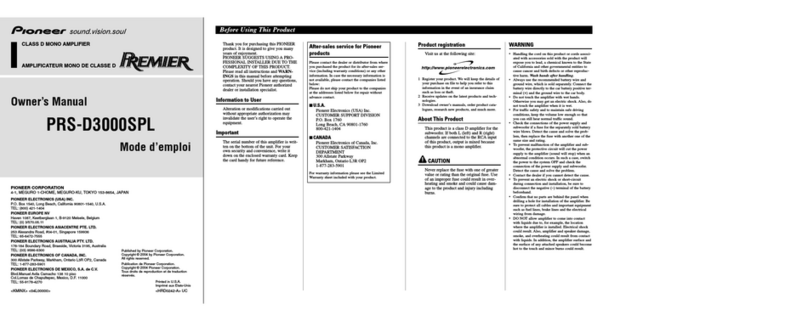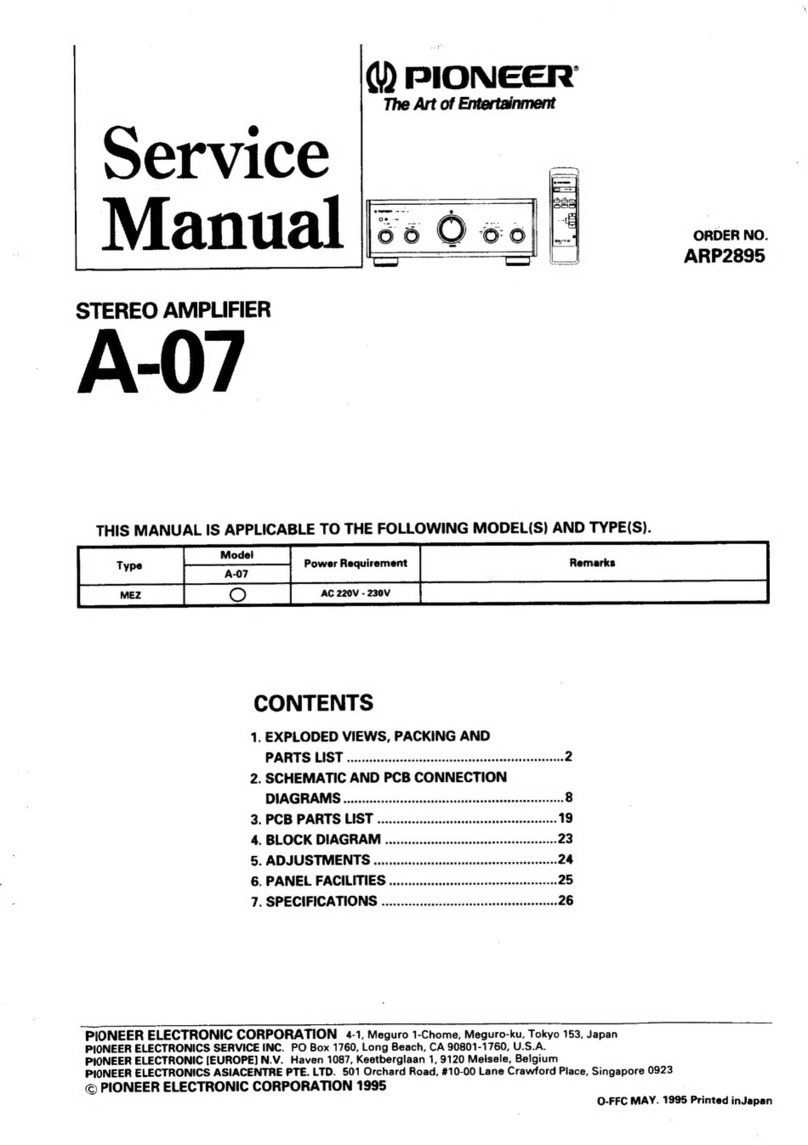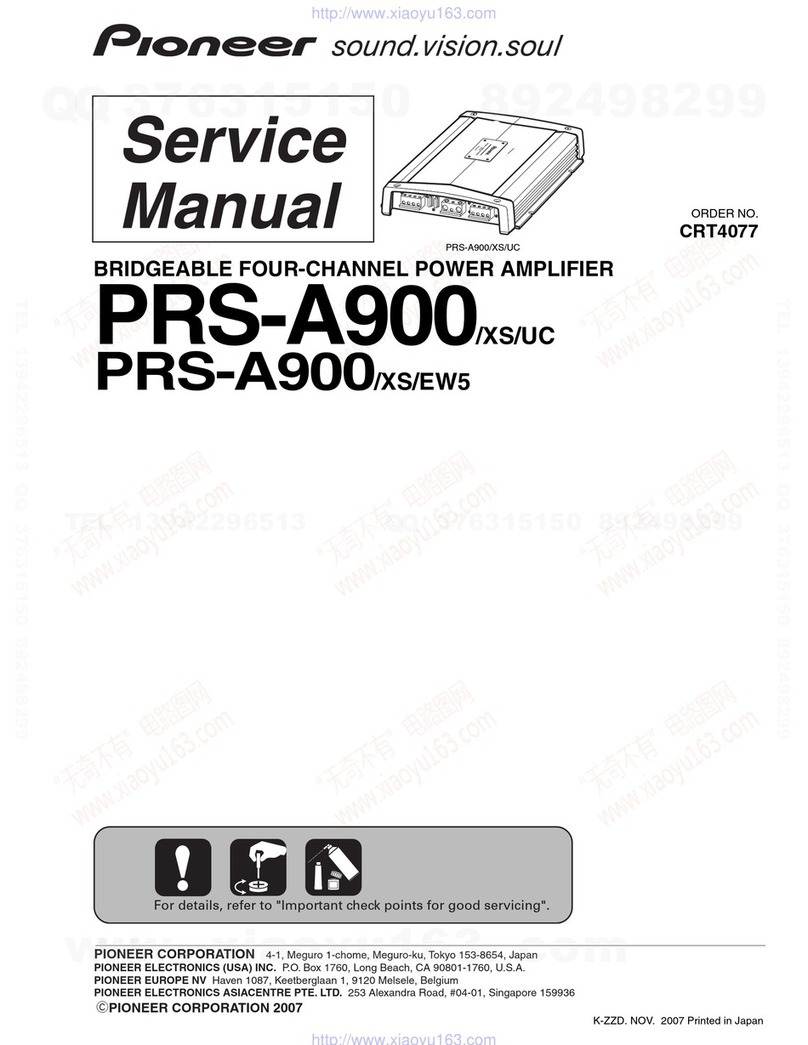Pioneer C-90S User manual
Other Pioneer Amplifier manuals

Pioneer
Pioneer GM-A5602 User manual
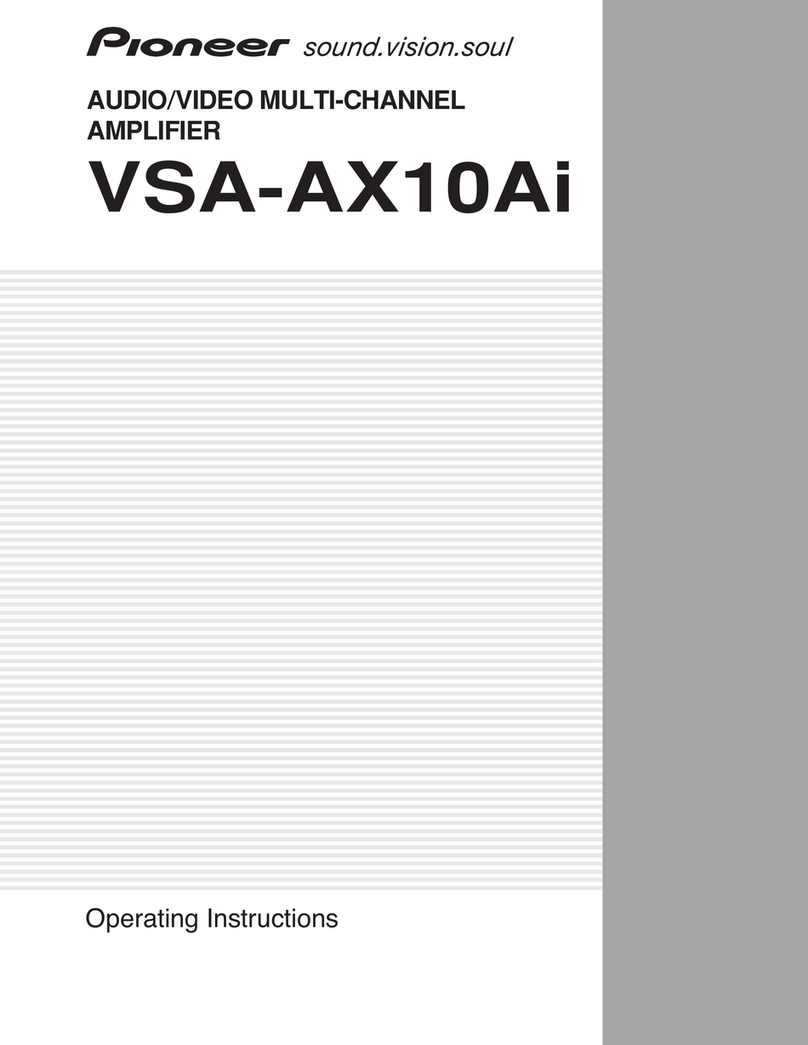
Pioneer
Pioneer VSA-AX10Ai User manual
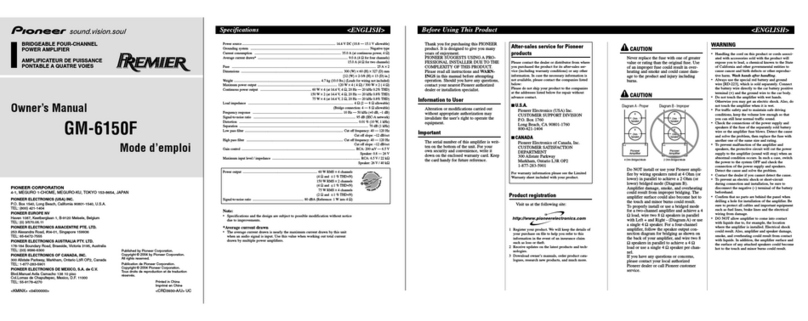
Pioneer
Pioneer GM-6150F Premier User manual
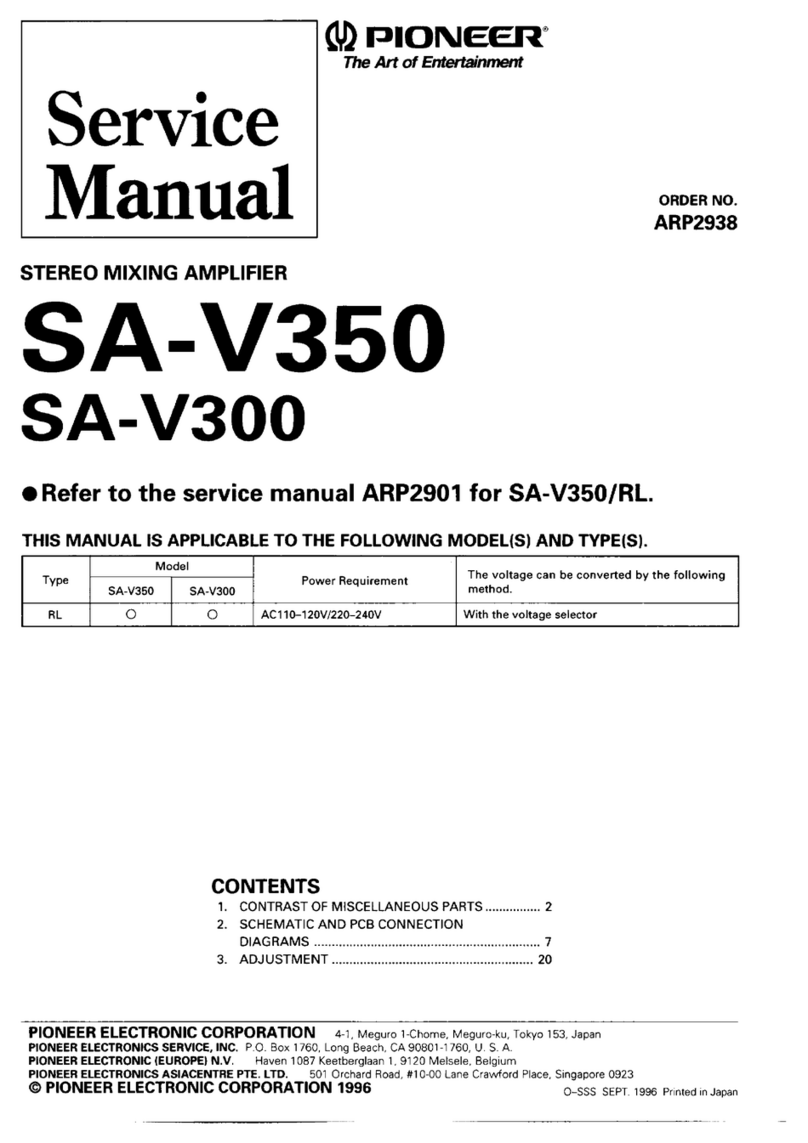
Pioneer
Pioneer SA-V350 User manual

Pioneer
Pioneer SA-730 User manual
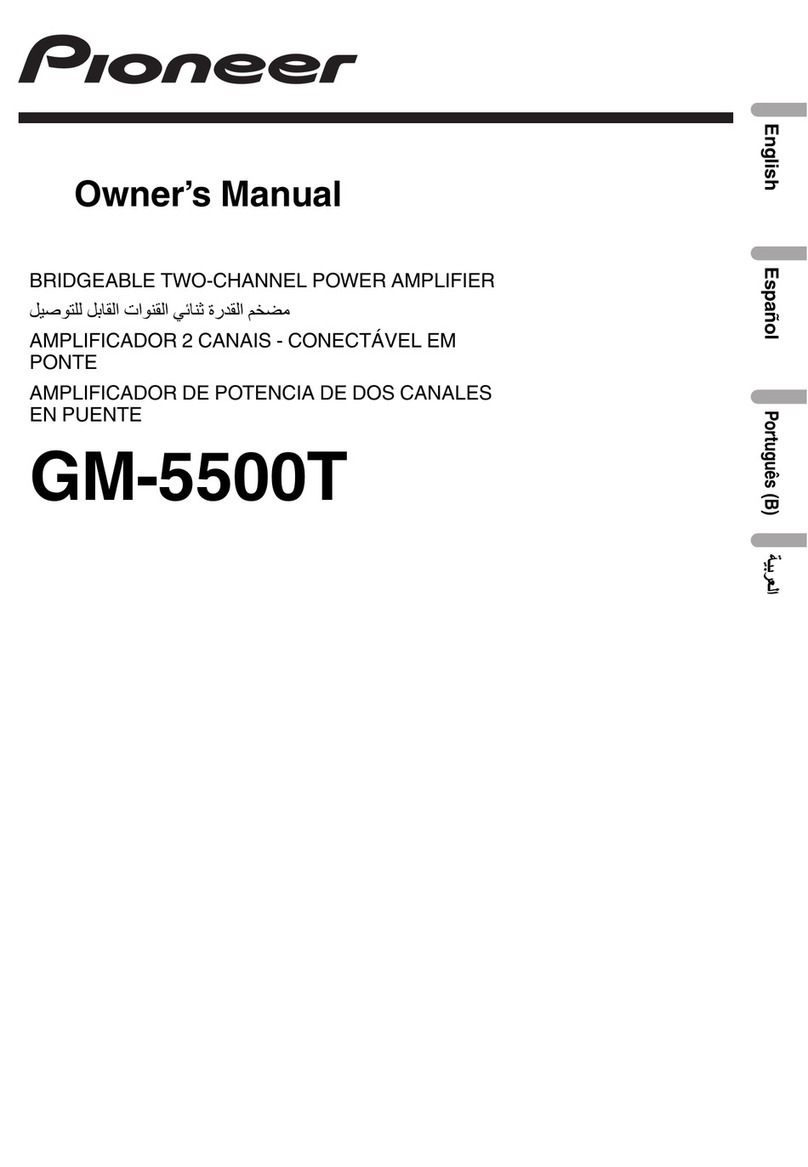
Pioneer
Pioneer GM-5500T User manual

Pioneer
Pioneer A-105 User manual
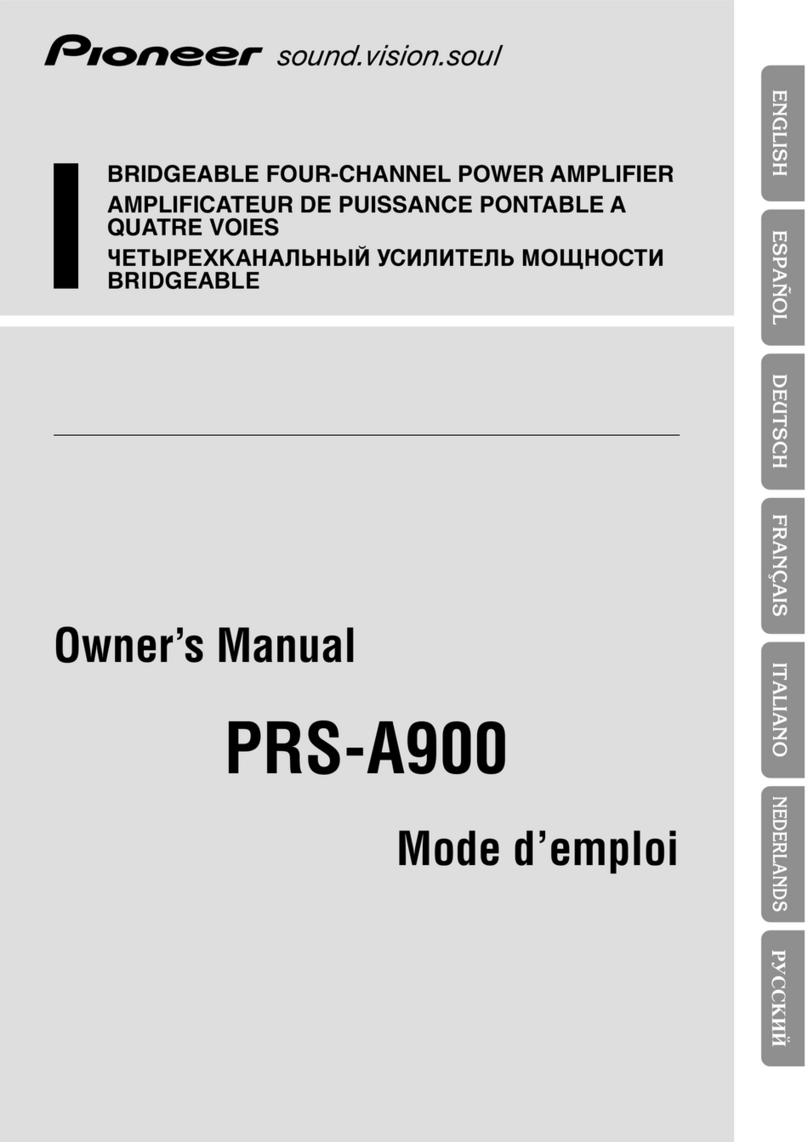
Pioneer
Pioneer Premier PRS-A900 User manual
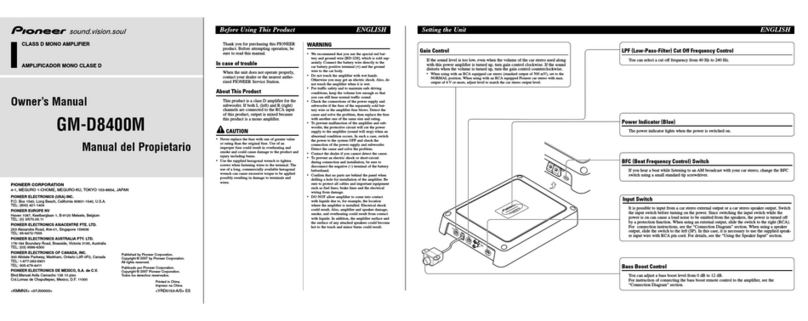
Pioneer
Pioneer GM-D8400M - Amplifier User manual

Pioneer
Pioneer A-27 User manual

Pioneer
Pioneer SA-506 User manual

Pioneer
Pioneer Elite C-72 User manual
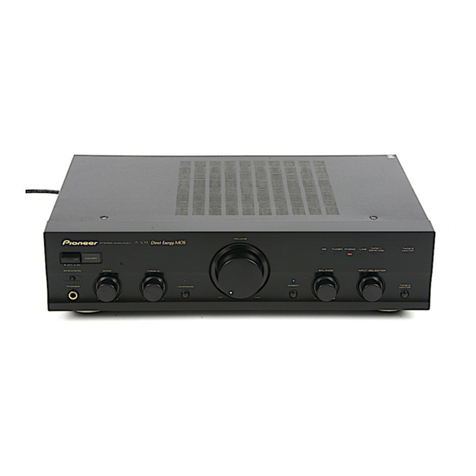
Pioneer
Pioneer A-209 User manual
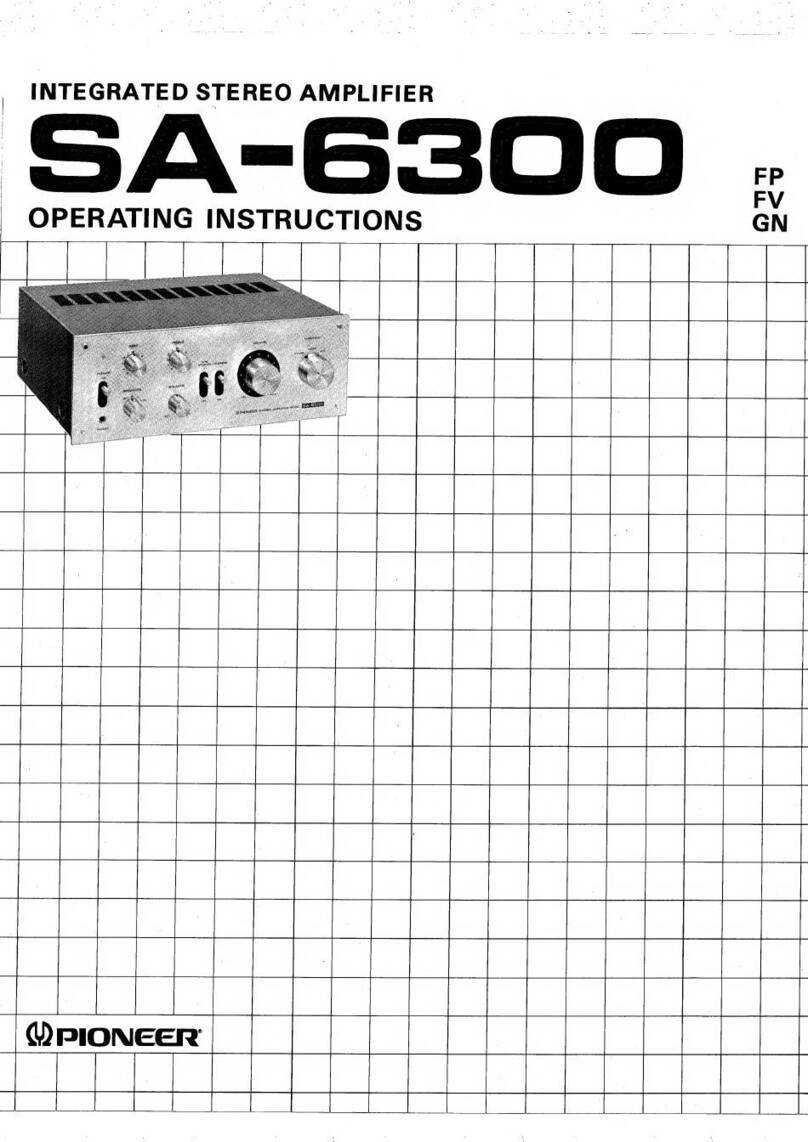
Pioneer
Pioneer SA-6300 User manual
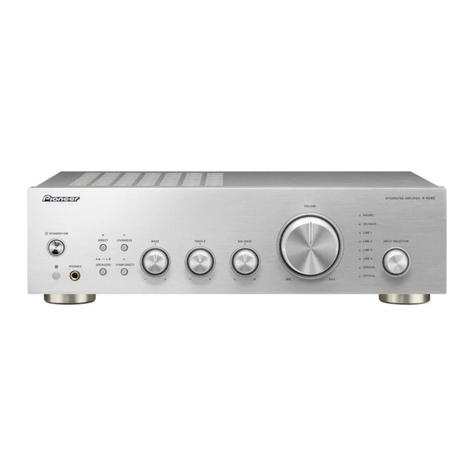
Pioneer
Pioneer A-40AE User manual
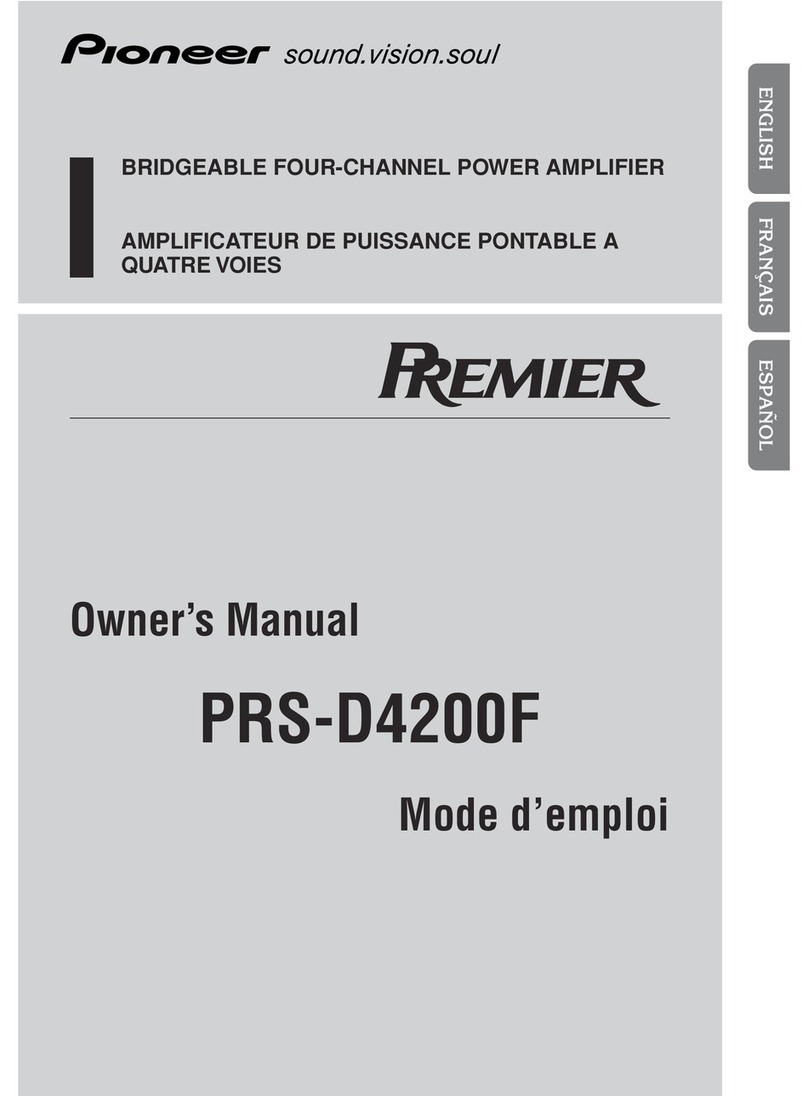
Pioneer
Pioneer PRS-D4200F - Premier Amplifier User manual
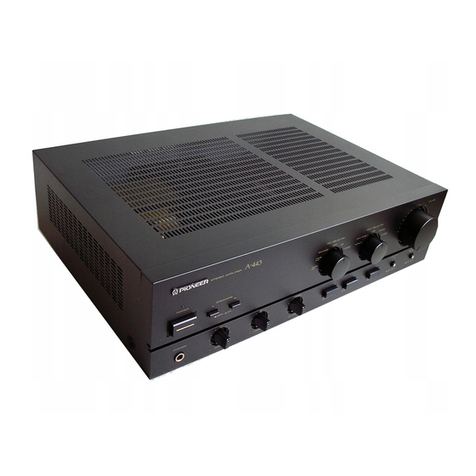
Pioneer
Pioneer A-443 User manual

Pioneer
Pioneer A-445 User manual
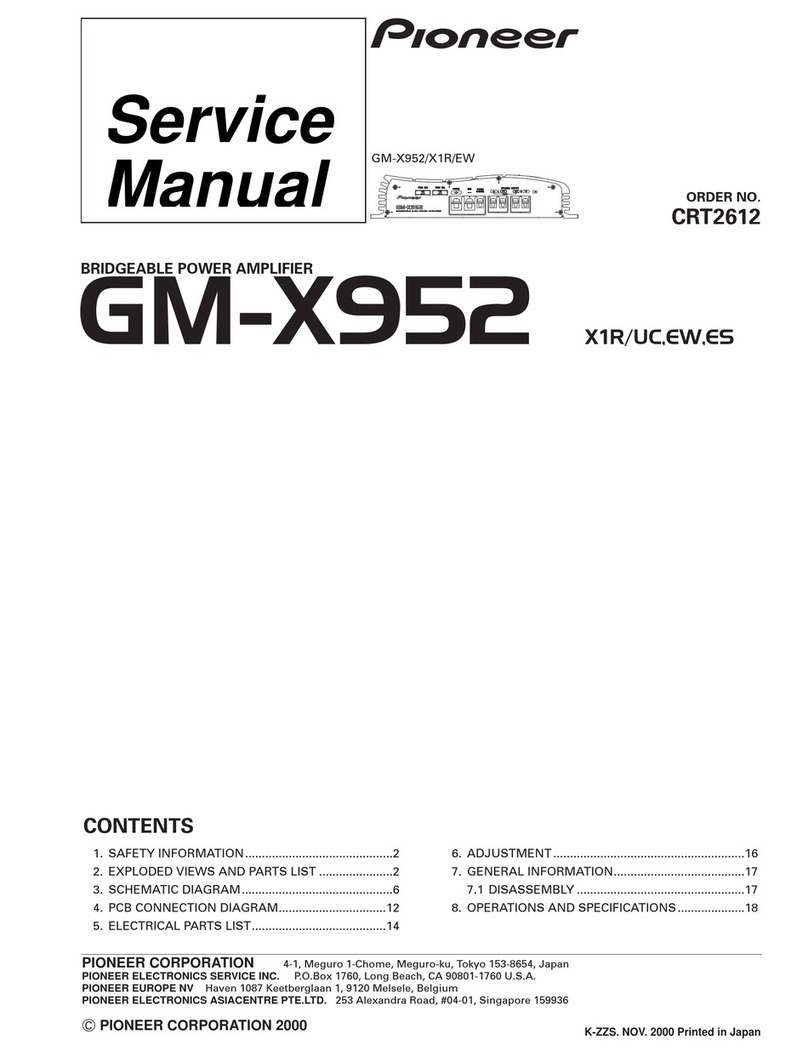
Pioneer
Pioneer GM-X952 User manual

Pioneer
Pioneer A-443 User manual

